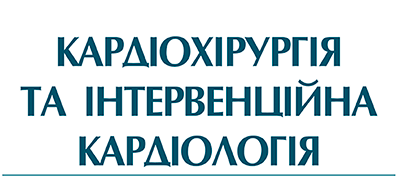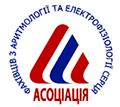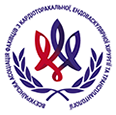Reviews
DOI: http://doi.org/10.31928/2305-3127-2022.3-4.2635
Causes and risk factors for stent restenosis in patients after percutaneous coronary interventions
M.P. Kopytsya, I.M. Kutya, Yu.V. Rodionova, Ya.V. Hilova, N.V. Tytarenko
L.T. Malaya Therapy National Institute of the National Academy of Medical Sciences of Ukraine, Kharkiv, Ukraine
Percutaneous coronary intervention (PCI) is one of the main components in the treatment of the coronary artery disease (CAD) and especially its acute forms. Nevertheless, restenosis of stented coronary arteries, which significantly worsens the course of CAD, remains a significant clinical problem of this technology. Prevention of this complication requires a modern understanding of the complex pathogenetic mechanisms of restenosis. Based on the literature data, the frequency of restenosis development in stents with medical coatings is in the range from 3 to 20 %. The mechanism of restenosis is multifactorial and includes biological, mechanical, and genetic factors. The main mechanical causes are insufficient expansion of the stent or its destruction, and biological factors include local inflammation, leading to aggressive neointimal proliferation and late neoatherosclerosis. The search for genetic factors and possibilities of influence on the development of this complication is still ongoing. Intracoronary imaging is crucial for identifying mechanisms of restenosis and selecting individual therapy.
Key words: coronary artery disease, percutaneous coronary interventions, coronary arteries, stent restenosis
| [PDF] | [References] |








